|
In this ninth spotlight edition, I talk with Tobi Lopez Taylor. She's a fellow equestrian author and American Horse Publications member. We discuss the best topics on earth ... writing, books and horses! In the interview, you'll learn about Tobi's favorite horse breed (Arabians), why she thinks good editing is worth the cost, and her views on traditional publishing vs. self-publishing. (P.S. she's done both.) Happy reading! About Equestrian Author Tobi Lopez Taylor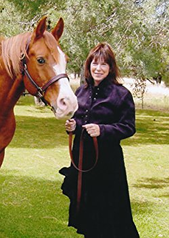 Equine Author Tobi Lopez Taylor Equine Author Tobi Lopez Taylor Tobi Lopez Taylor is the award-winning author of three books: Orzel: Scottsdale's Arabian Horse Racing Legend; The Polish and Russian Arabians of Ed Tweed's Brusally Ranch; and Layers of History (as co-author). Tobi's nonfiction, fiction, and poetry have been published in national and regional magazines, scholarly journals, literary publications, and anthologies. She has also served as the editor of three periodicals: American Indian Art Magazine; KIVA: The Journal of Southwestern Anthropology and History; and Archaeology Southwest Magazine. Okay! Now let's saddle up for Tobi's interview ... What is your involvement with horses?My husband and I have a small ranch outside Tucson, Arizona, where I raise, train, ride, and breed Arabian and Half-Arabian sport horses. As a kid growing up in Phoenix, I started out riding my cousins’ Appaloosas and Quarter Horses, which they boarded on the far south side of town, at an old farm that was surrounded by newer tract homes. As a result, we had to do much of our so-called trail riding on paved neighborhood streets and through back alleys. It wasn’t exactly the Wild West, but I was ecstatic! Around the same time, I was given a ticket to the famous Scottsdale Arabian Horse Show. Although I had read about Sham, the Godolphin Arabian, in Marguerite Henry’s King of the Wind, attending the show was my first encounter with living members of this beautiful, personable breed. I decided then and there that I would one day own an Arabian. I made that dream come true when I was twenty-four years old, and I’ve owned Arabians and part-Arabians ever since. Favorite horse book (besides your own, of course)? That’s a difficult question—there are so many good ones! Horse Heaven, by Jane Smiley, is a favorite, as are Man O’War: A Legend Like Lightning, by Dorothy Ours, and My Horses, My Teachers, by Alois Podhajsky. How many horse-related books have you written?I have written two horse-related books so far, with another in the works. Orzel: Scottsdale’s Legendary Arabian Stallion, published by The History Press in January 2016, is a true story about the “Arabian Secretariat” – a brilliant, charismatic chestnut colt from Poland named Orzel (“Eagle” in Polish), who defeated the best American racehorses of his generation, and then went on to a second career in the show ring, where he became a national champion. After Orzel’s retirement, thousands of people went to visit see him—including me. In fact, when Walter Farley, of Black Stallion fame, first saw Orzel, he remarked that if this chestnut were painted black, he’d be Farley’s vision of the Black Stallion. High praise indeed! My previous book, The Polish and Russian Arabians of Ed Tweed’s Brusally Ranch, published by Screenfold Press/Mare’s Nest Books in 2013, examines the breeding program of one of America’s most influential Arabian breeders, who lived in Scottsdale, Arizona, from the late 1940s to the 1980s. I’m honored to say that well-known breed historian Arlene Magid has called it one of the best books about Arabians to be published in the United States. What advice can you share that might help aspiring authors? This is not exactly advice as much as it’s an observation about what’s helped me in my writing career. First, I was fortunate to have parents who were readers, and they made sure we always had a lot of books in our house. Second, being a professional editor has allowed me to study how writing works on a daily basis. Editors help authors make their writing more effective on a variety of levels, ranging from grammar and syntax to the overall structure of a piece. At a certain point, I realized that I could apply what I’d learned from editing others’ work to my own writing, and I went on to publish articles in equine magazines like Horse Illustrated, Dressage Today, and Blood-Horse, and then embarked on writing books. Third, regarding the transition from magazine writing to book writing, if you can write a magazine article that sells, you likely have the skills to write a book–which is, after all, a series of roughly article-length chapters. And last, we all need editing, even editors. When I self-published my first horse book, I paid three editors to go through it—and each of them caught different kinds of errors. Good editing is worth the cost. Which do you prefer, self-publishing or traditional publishing? I’ve now been through both processes, and there are benefits to each one. My editors at The History Press were wonderful, and the Press’s publicity folks arranged for me to do readings at venues I might not have thought to pursue on my own. On the other hand, when I self-published, I was able to keep a much larger share of the profits, I got to set my own schedule for completion of the manuscript, and I had total control over the cover artwork. How did you research your latest book, Orzel: Scottsdale’s Legendary Arabian Stallion? Over a ten-year period, I extensively interviewed Orzel’s rider, Shelley Groom Trevor, as well as many other well-known Arabian horse trainers, judges, and breeders. Shelley gave me full access to her archives, which was invaluable. I’m also very grateful for the help I received from various Arabian horse groups on Facebook, whose members were often able to either answer my questions or point me in the right direction toward getting my questions answered. What do you think makes your book (or any book) stand out from the crowd? One thing that makes it stand out is the fact that it’s the first equine book published by The History Press that is about an Arabian horse, not a Thoroughbred or a jumper. The History Press also did a great job with the cover, which shows Orzel running right at you. Many readers have said that seeing the majestic chestnut stallion on the cover was what made them pick up the book. Authors always hear how important a good cover is, and I’ve certainly experienced that with this book. What was your favorite chapter to write, and why? I think my favorite chapter was about Orzel’s dam, Ofirka, because she was truly a witness to history. She was born on a state-run stud farm, Janow Podlaski, in Poland in the spring of 1939, at a time when all hell was breaking loose – Poland was being overrun by the Germans and the Russians, who were engaging in what would soon be called the Second World War. When Ofirka was only a few months old, her parents and siblings were stolen by the Russian Army, which took over control of the farm, and Ofirka got lost during an evacuation and wasn’t found for two years. Underfed and undersized, she was eventually discovered in a farmer’s barn, many miles from home, and returned to her birthplace, which was now under German control. When fighting intensified between the Germans and the Allies, the horses were again evacuated — and their route took them straight to Dresden, Germany, which had been targeted for firebombing by the British. The timing couldn’t have been worse: of the 80 stallions from Janow that were led through the city just as the bombing was taking place, more than half of them died. The mares, including Ofirka, spent the night outside the city, in freezing conditions, and had to be walked through the shattered city the next day. Somehow, Ofirka lived through all of this turmoil and became an extremely successful broodmare, with descendants throughout the world. In 1967, when Ofirka was twenty-eight, she took part in a pageant of the stud farm’s famous horses. She was the last surviving horse at Janow from the perilous war years! What’s next? Future goals for your writing? For my next book, I’m currently researching the life story of another well-known Arabian stallion, who was born in Russia, exported to Poland, endured a perilous sea journey to join his new owner in the United States, and became instantly famous when he was later auctioned for the highest price ever paid for an Arabian up to that time. This story will have a larger scope of history than my previous titles— sort of like Seabiscuit, but with an Arabian horse at the center of it. It starts in the early 1800s, with the poet Lord Byron, and ends in 1970s Scottsdale, the heart of Arabian horsedom in America, where this stallion achieves enormous renown. I love to do research and conduct interviews, so I’m having a blast right now! Discover more about this Equine Author!Website: www.tobitaylor.com Facebook: https://www.facebook.com/tobi.taylor Linkedin: https://www.linkedin.com/in/tobitaylor Amazon Author Page: http://www.amazon.com/Tobi-Lopez-Taylor/e/B01EM8ONQC Goodreads: https://www.goodreads.com/author/show/6430652.Tobi_Lopez_Taylor Watch Tobi Lopez Taylor's Book Trailers!What a spur jingling interview!I LOVE HORSE BOOKS. If you are an author who writes about horses and would like to be spotlighted let me know. I’d be happy to include you too. Helping out fellow horse book authors makes my spurs jingle! Visit my contact page to fill out a request! Miss one of my Equestrian Author Spotlights? No problem! Review them here!
Many thanks to equine author Tobi Lopez Taylor for this wonderful interview! I appreciate the support of a fellow author! Thank you for giving me the gift of your time, Tobi! I love sharing updates with In The Reins readers! Feeling Social? Join the herd and connect with Carly Kade Creative on Facebook, Instagram, YouTube or Twitter.
Come run wild with me! Comments are closed.
|
Books by Carly KadeBook TrailerAuthor InfoCarly Kade writes for anyone who loves horses, handsome cowboys and a great romance. Creative writing about horses makes her spurs jingle! Archives
October 2023
Please note: This website may contain affiliate links. If you choose to buy any books featured, I will receive a small commission at no extra cost to you. These affiliate purchases help with the upkeep of the podcast. Thank you for your support in keeping this site running. |
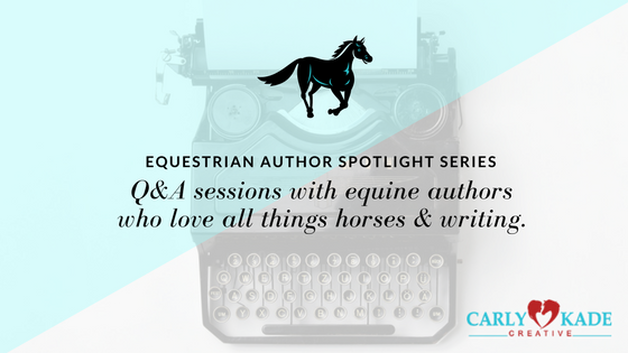
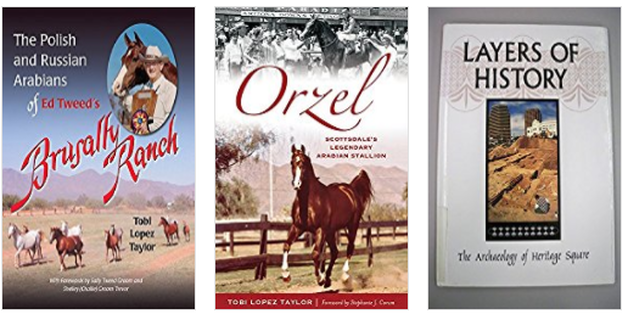
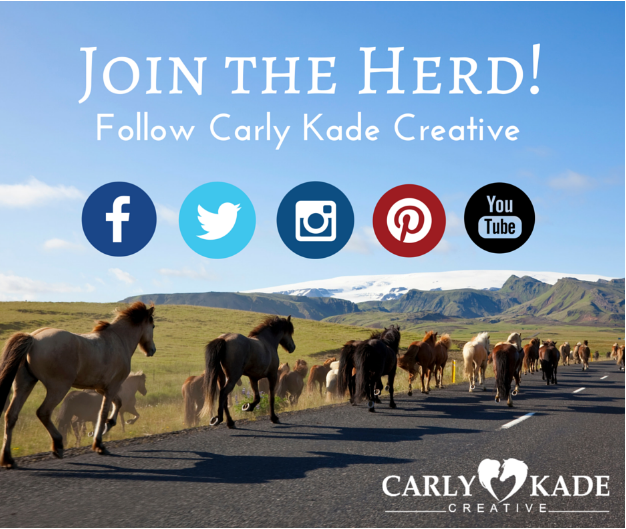

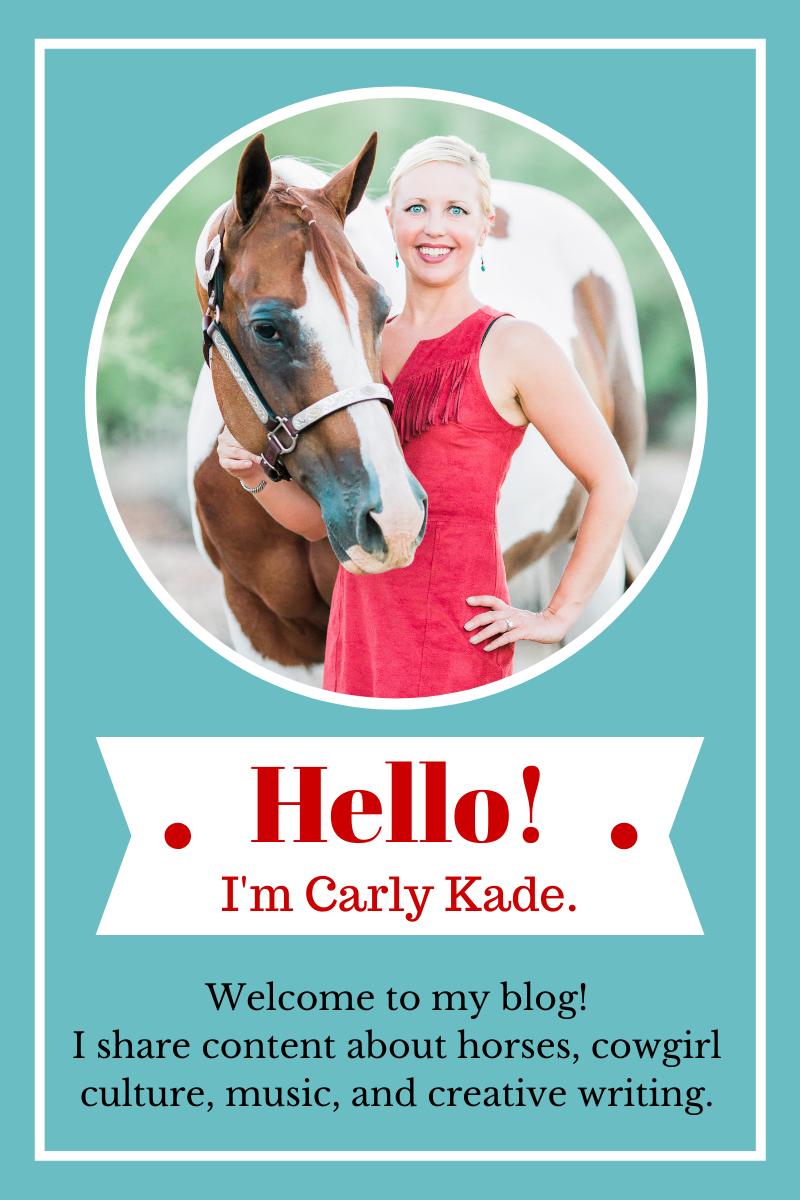
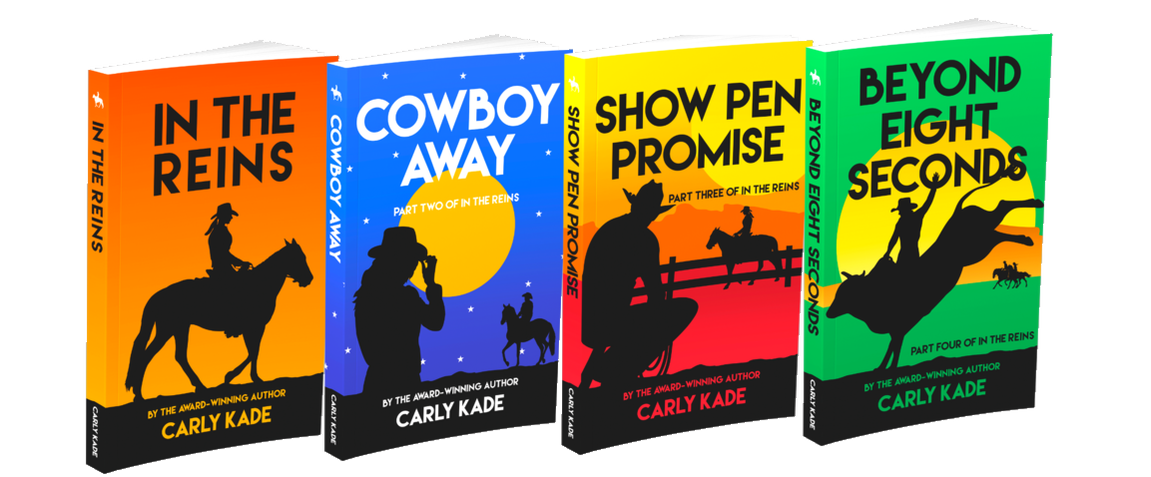
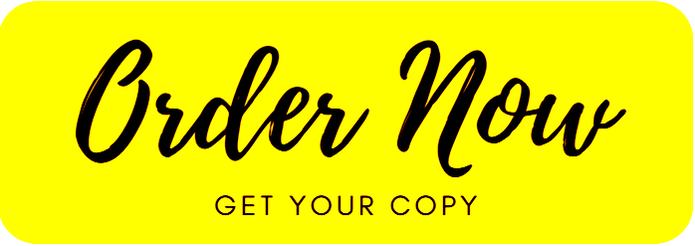
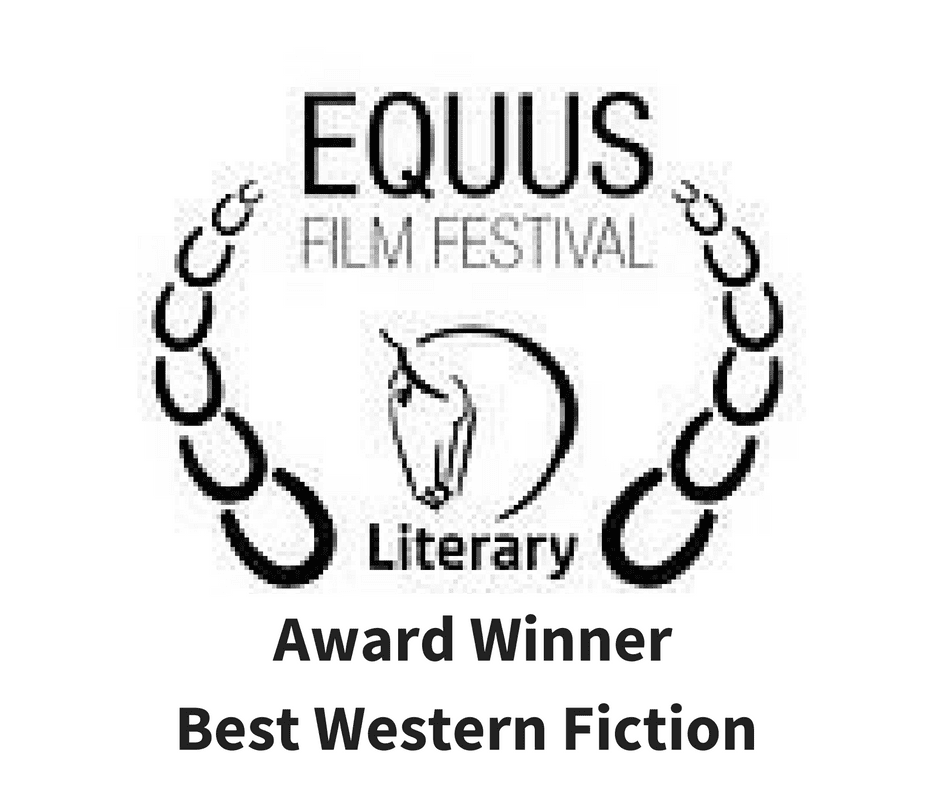
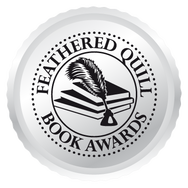
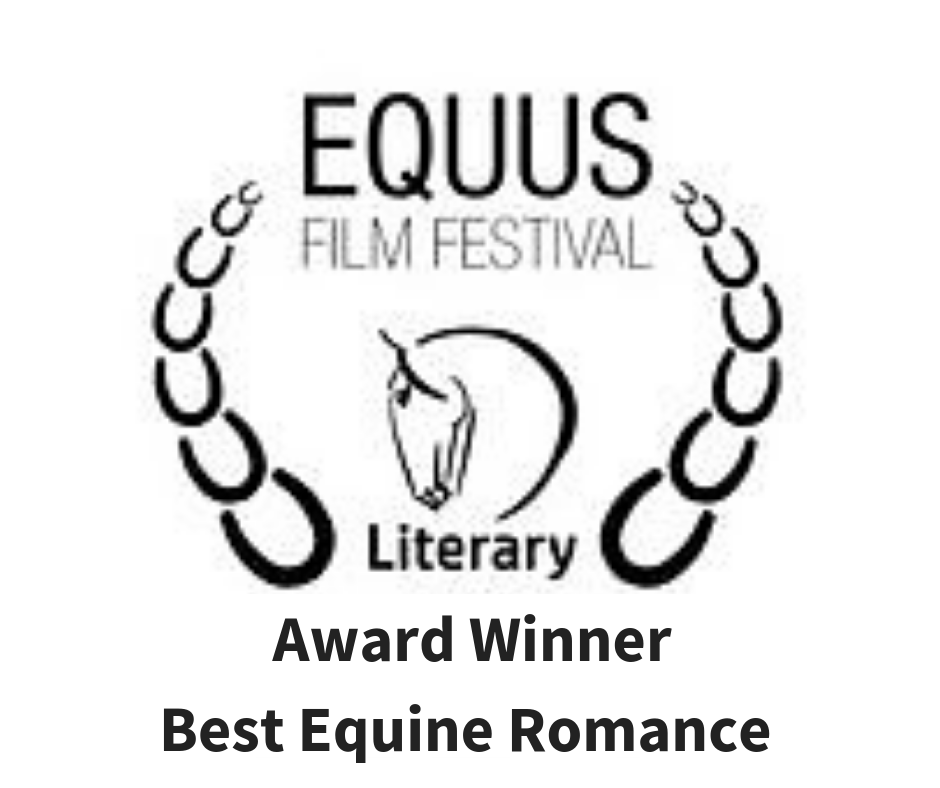
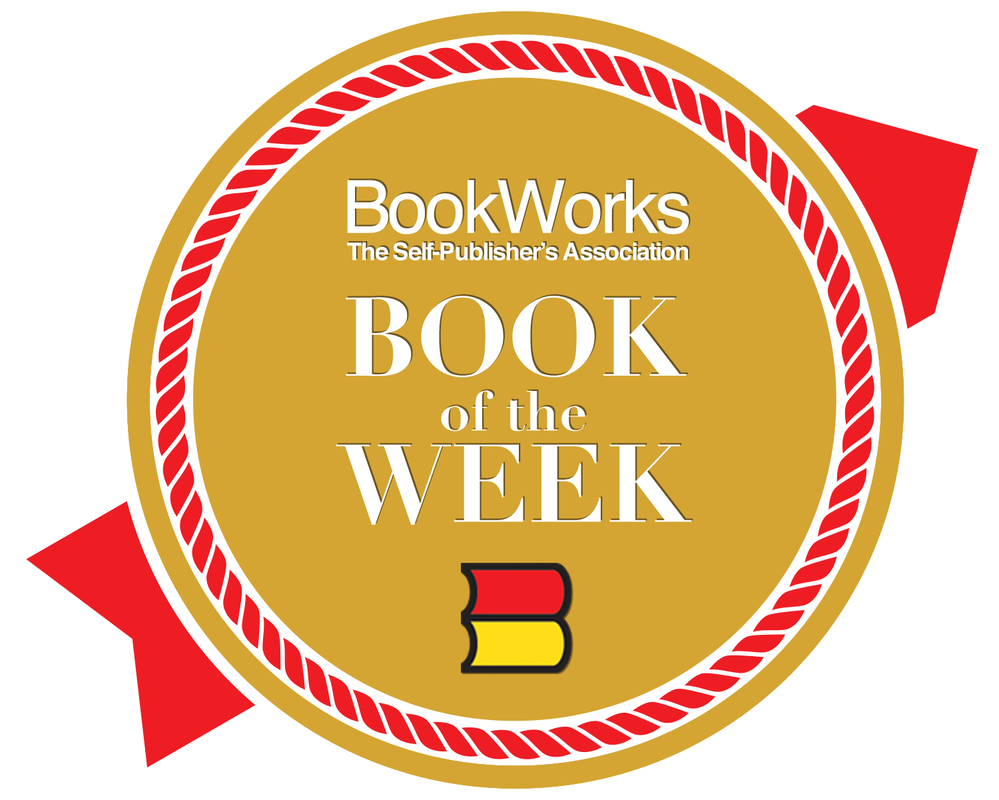
 RSS Feed
RSS Feed